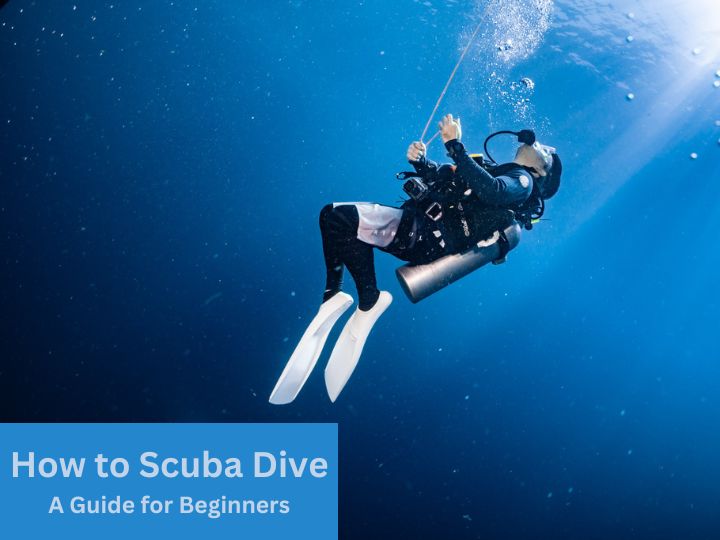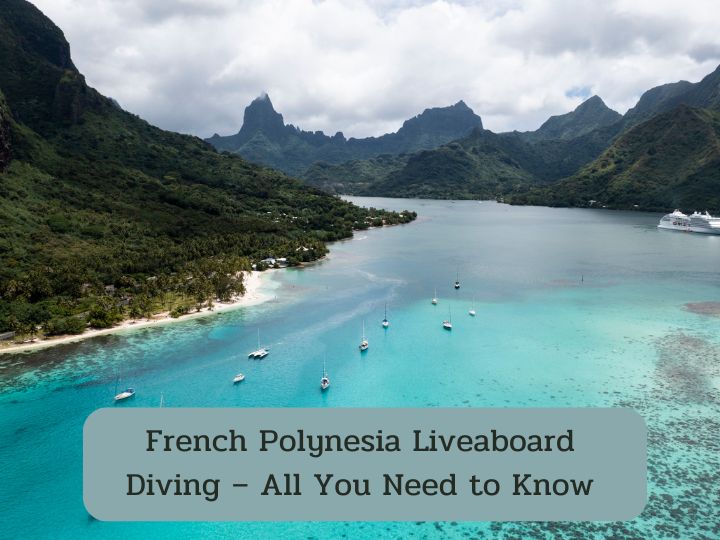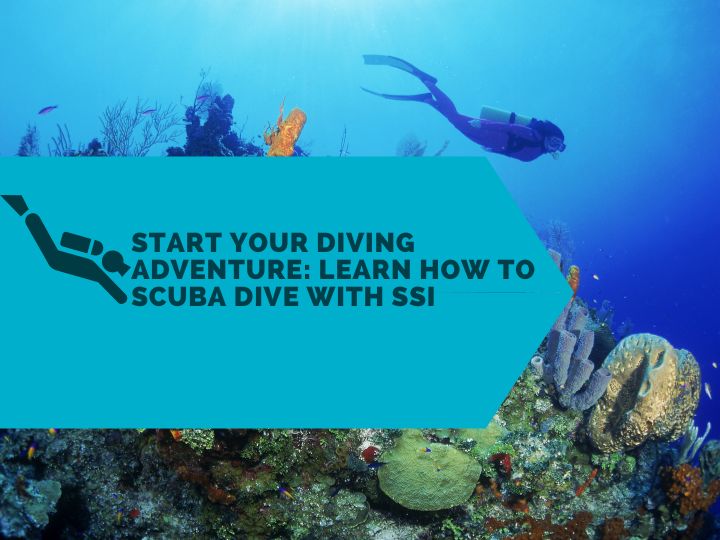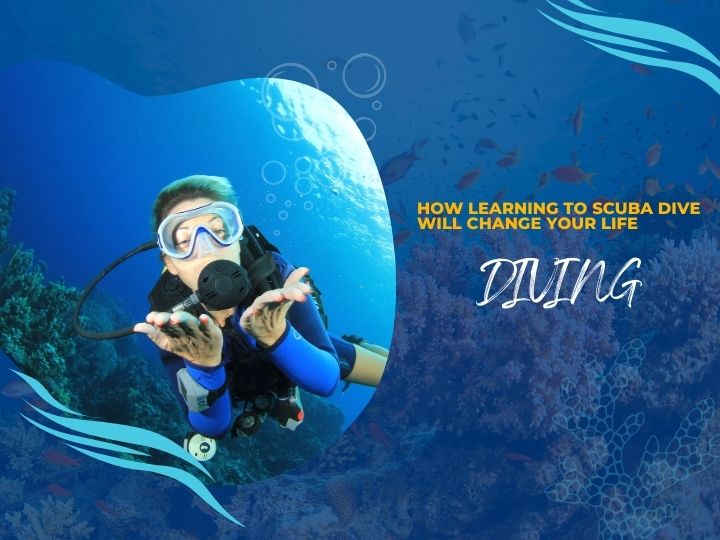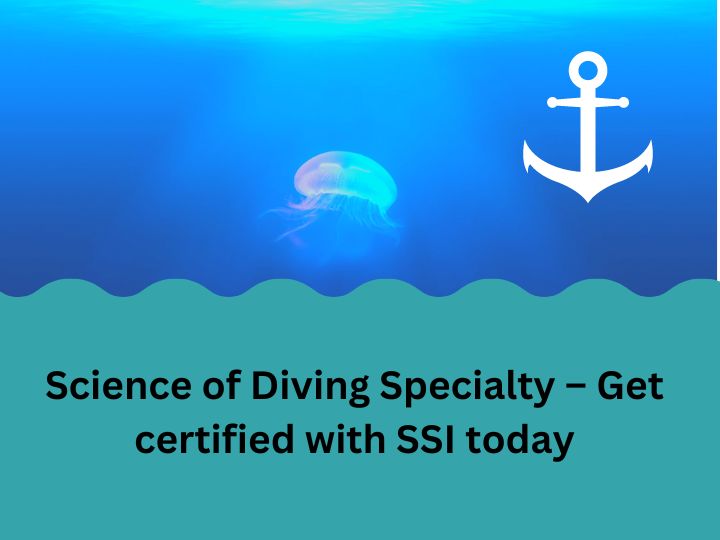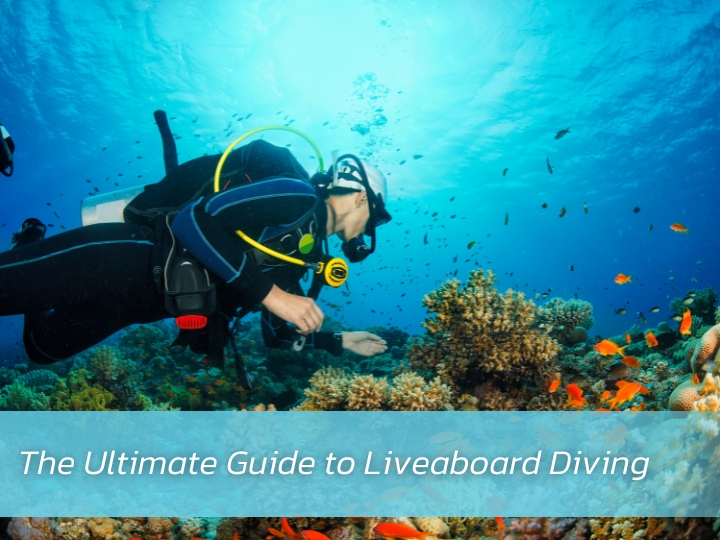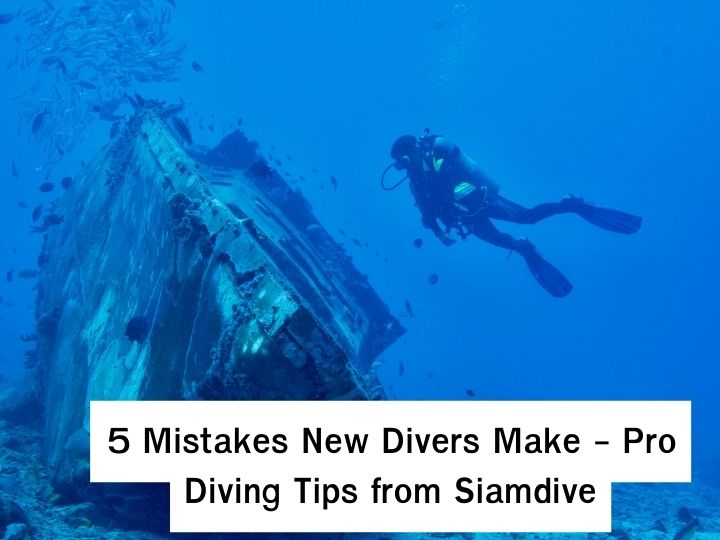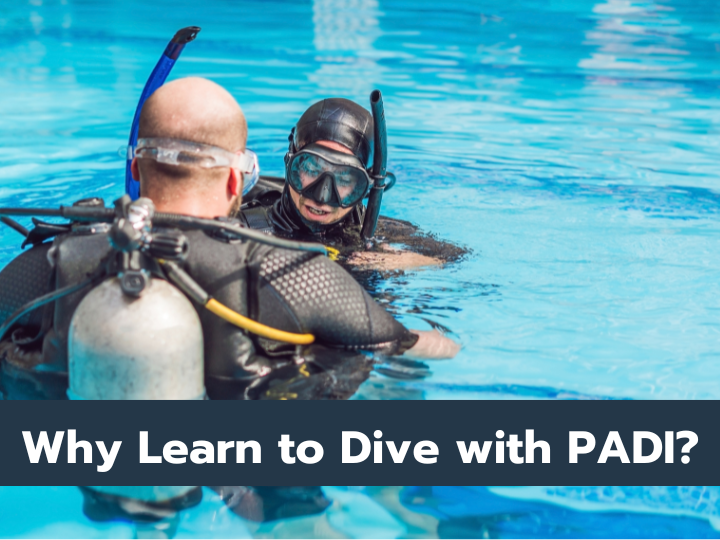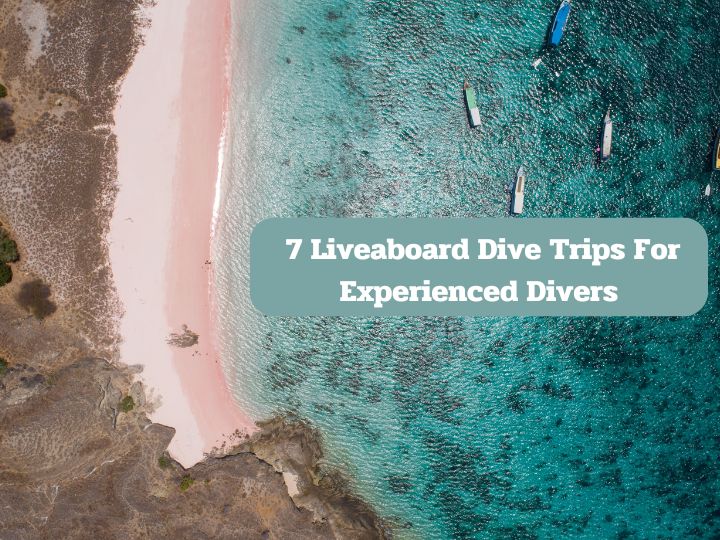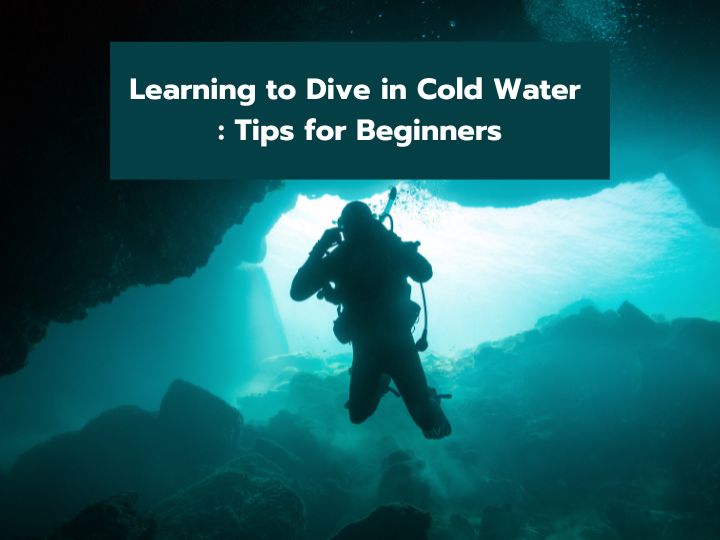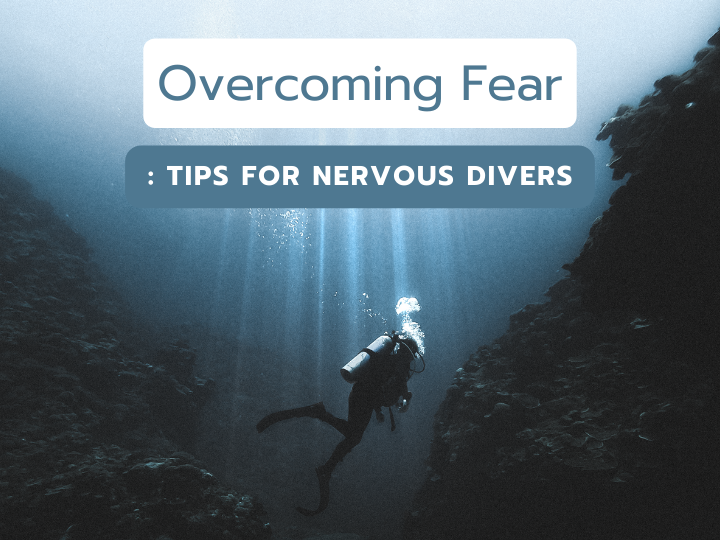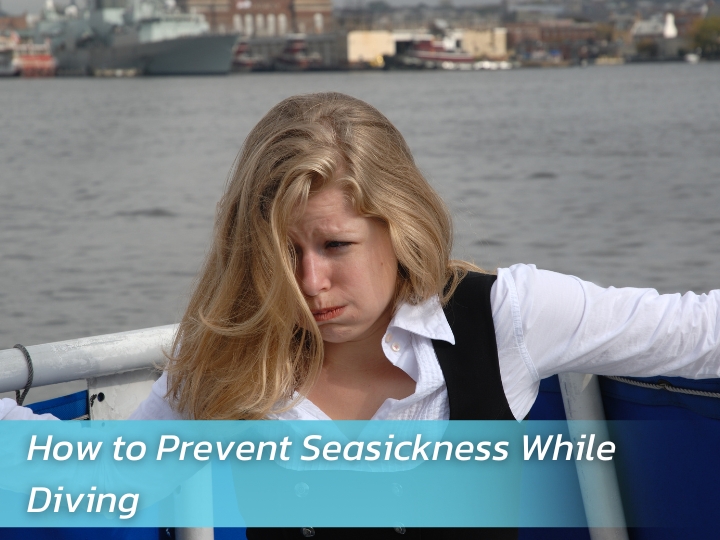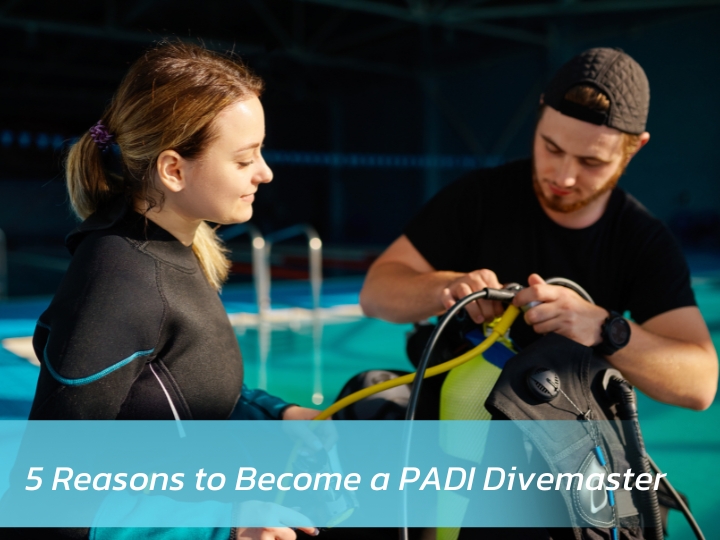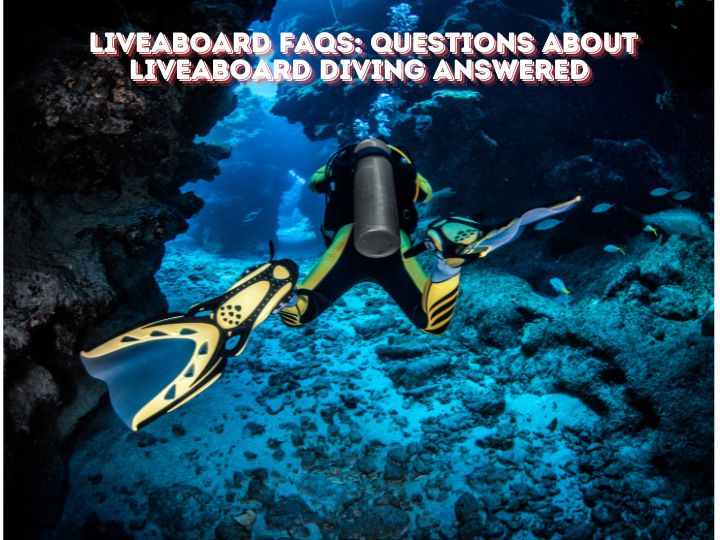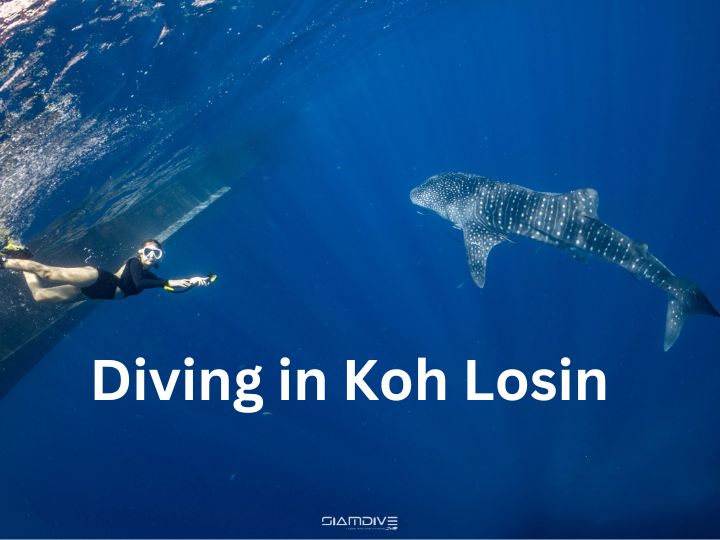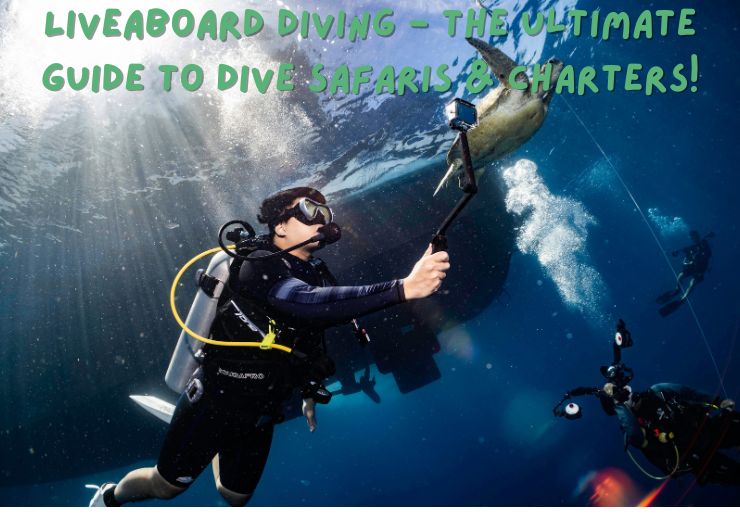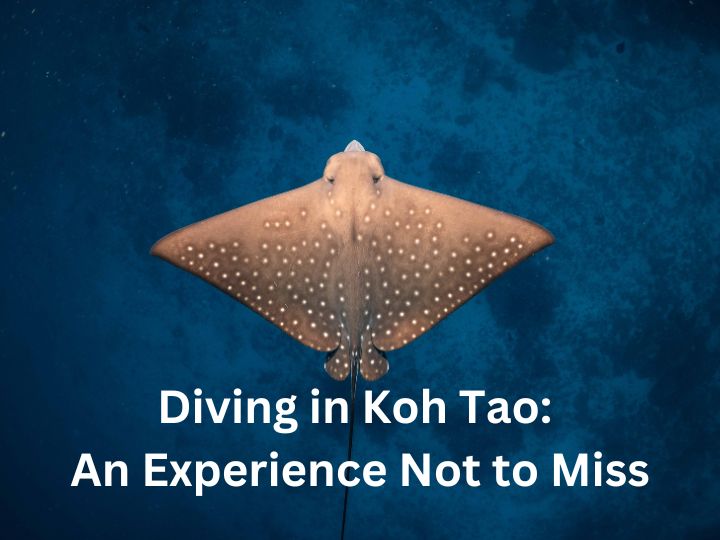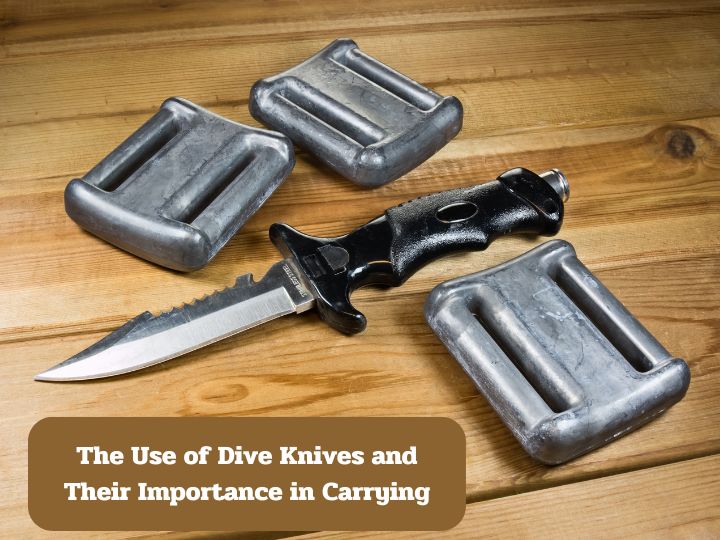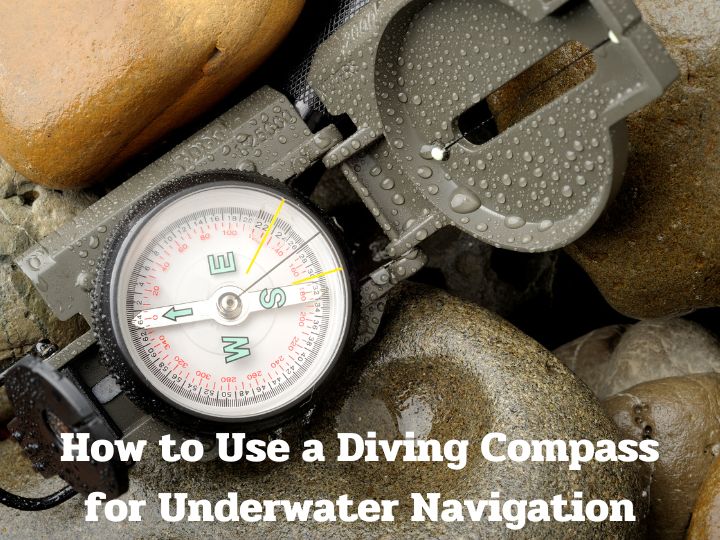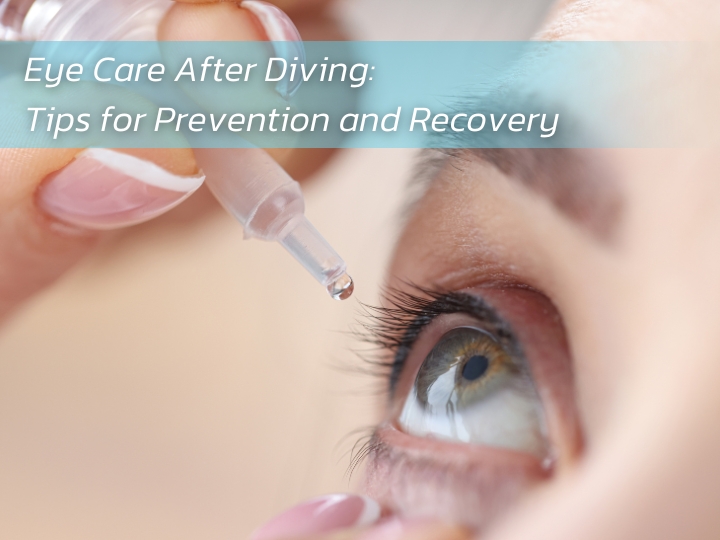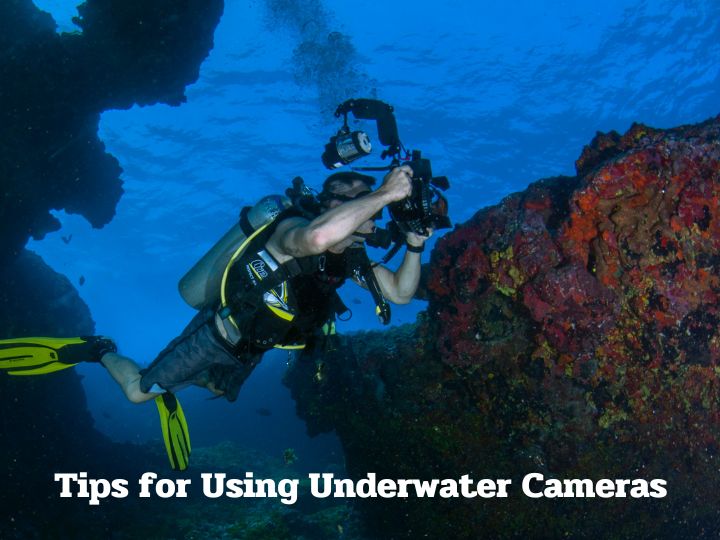
Learn to Scuba Dive with PADI - How to Start Diving with PADI
Discover the excitement of deep diving with PADI. Learn the steps to get started and what you need to know for safe and enjoyable diving.

Starting Scuba Diving with PADI
Why Choose PADI?
PADI is globally recognized for its high-quality and safe diving training. PADI courses are designed to be effective and enjoyable for learners.
Steps to Learn Diving with PADI
1. Learn the Theory of Diving: Start by learning diving theory, which can be done in a classroom or online via PADI's eLearning.
2. Practice in Shallow Water: After understanding the theory, students practice skills in shallow water to get familiar with the equipment and underwater scenarios.
3. Deep Water Training: The final step is deep water training, under the close supervision and guidance of a PADI instructor.
Essential Diving Equipment
To start diving, you need basic diving equipment like a mask, snorkel, fins, wetsuit, and air tank. These can be purchased or rented at most dive shops.
Obtaining a Diving Certification
After completing all training and tests, you'll receive a diving certification from PADI, allowing you to dive worldwide at your trained level.
Diving Safety
Safety is the most important aspect of diving. Everyone who learns to dive with PADI receives training in safety and emergency management underwater.
Popular Diving Locations
There are many popular diving locations worldwide, suitable for divers of all levels, such as the Red Sea in Egypt, Similan Islands in Thailand, and the Great Barrier Reef in Australia.

Additional Tips for Beginners
Preparation Before Diving
Good preparation ensures a fun and safe diving experience. Get familiar with your equipment, check your health, and follow your instructor's advice strictly.
Importance of Physical Fitness
Diving requires energy and fitness. Exercise regularly and maintain good health to be ready for diving.
Learning About Marine Life
Knowing about marine life adds to the fun of diving. Study the sea creatures and coral reefs you'll encounter at different sites.
Underwater Photography
Underwater photography is an interesting activity. You can use underwater cameras or waterproof cases for mobile phones to capture underwater memories.
Environmental Conservation
Diving should focus on environmental conservation. Do not touch or destroy coral reefs and avoid littering in the sea to preserve natural beauty.

Diving in Thailand
Popular Diving Spots in Thailand
Thailand has many beautiful diving spots such as the Similan Islands, Koh Tao, and Phi Phi Islands, suitable for divers of all levels.
Best Diving Seasons
The best diving season in Thailand is from November to April when the water is clear, and the temperature is suitable for diving.
Organizing a Diving Trip
Organizing a diving trip should consider booking accommodations, renting equipment, and contacting diving instructors to ensure a smooth diving trip.
Recommended Dive Schools in Thailand
Thailand has many PADI-certified dive schools. Choose to learn with a center that has experienced and certified instructors.
Diving Etiquette in Conservation Areas
Diving in conservation areas requires strict adherence to regulations. Do not touch or collect marine life and respect nature to help preserve underwater environments.

Choosing Diving Equipment
Mask and Snorkel
The diving mask should fit well and seal properly. The snorkel should be of appropriate length and easy to breathe through.
Fins
Fins should be flexible and fit well to ensure smooth movement underwater.
Wetsuit
Wetsuits come in various types, such as short wetsuits and full wetsuits. Choose according to the weather and water temperature.
Air Tank and Regulator
The air tank should be of appropriate size for your diving needs. The regulator should be well-maintained for safe use.
Caring for Diving Equipment
Proper care of diving equipment is essential. Clean and store equipment properly after each use.

Diving Experiences and Feelings
Excitement and Discovery
Diving is a challenging and exciting activity. You will encounter underwater creatures you have never seen before.
Mental Health Benefits
Diving helps to calm the mind and focus. You will experience the tranquility of the underwater world.
Building Relationships
Diving is an activity that can be done with family and friends, strengthening relationships.
Personal Skill Development
Diving helps develop personal skills such as patience, problem-solving, and situation management underwater.
Sharing Experiences
After diving, you can share your experiences and photos with friends through social media or personal blogs.

